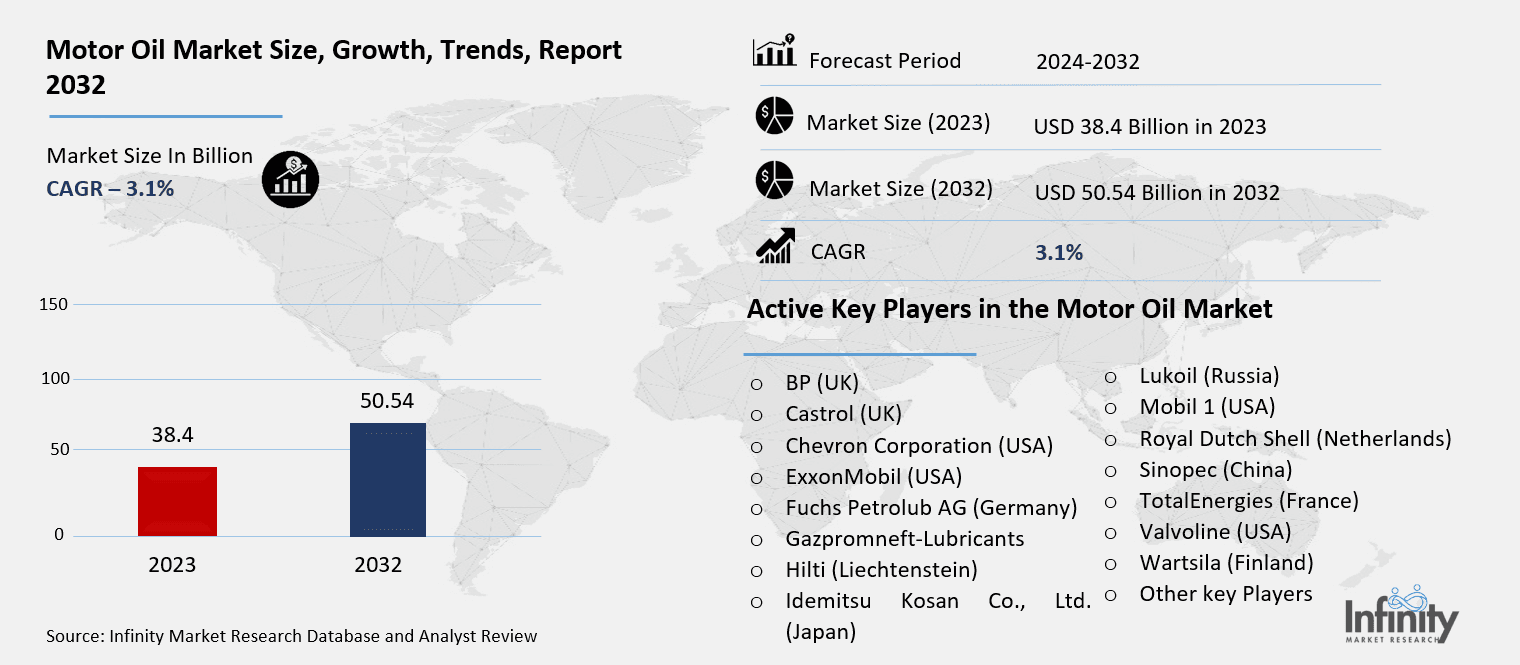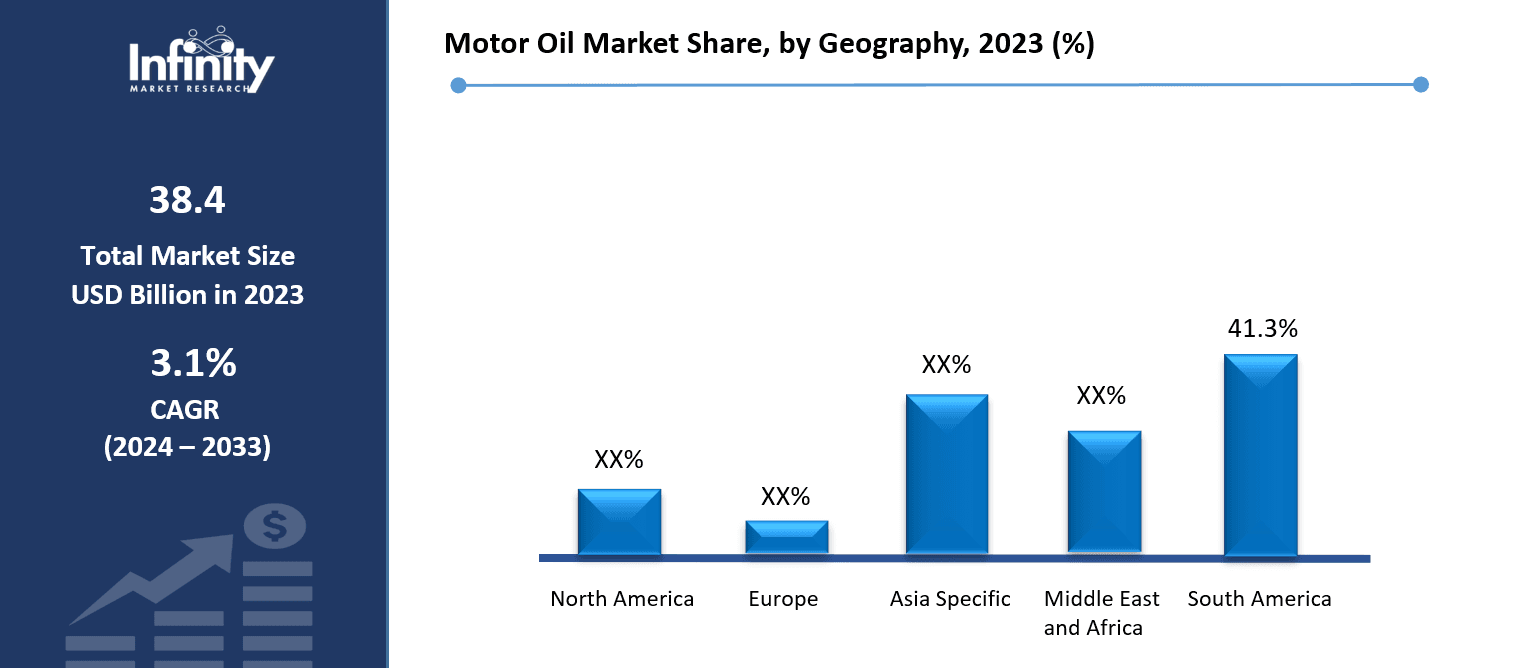
🔐 Secure Payment Guaranteed
Safe checkout with trusted global payment methods.
🌟 Why Choose Infinity Market Research?
At Infinity Market Research, we dont just deliver data — we deliver clarity, confidence, and competitive edge.
In a world driven by insights, we help businesses unlock the infinite potential of informed decisions.
Here why global brands, startups, and decision-makers choose us:
Industry-Centric Expertise
With deep domain knowledge across sectors — from healthcare and technology to manufacturing and consumer goods — our team delivers insights that matter.
Custom Research, Not Cookie-Cutter Reports
Every business is unique, and so are its challenges. Thats why we tailor our research to your specific goals, offering solutions that are actionable, relevant, and reliable.
Data You Can Trust
Our research methodology is rigorous, transparent, and validated at every step. We believe in delivering not just numbers, but numbers that drive real impact.
Client-Centric Approach
Your success is our priority. From first contact to final delivery, our team is responsive, collaborative, and committed to your goals — because you re more than a client; you re a partner.
Recent Reports
Global Myopia Control Lenses Market Report 2025-33
Hyaluronic Acid-based Dermal Fillers Market Report
Motor Oil Market
Motor Oil Market Global Industry Analysis and Forecast (2024-2032) by Oil Type (Conventional, Synthetic Blend, Full Synthetic, High-Mileage), Engine Type (Diesel, Petrol, Alternative Fuels) and Region
Jan 2025
Automobiles
Pages: 138
ID: IMR1591
Motor Oil Market Synopsis
Motor Oil Market Size Was Valued at USD 38.4 Billion in 2023, and is Projected to Reach USD 50.54 Billion by 2032, Growing at a CAGR of 3.1% From 2024-2032.
The motor oil consumer goods market concerns the worldwide market of preparing, distributing, and selling lubricating oils and greases for internal combustion engines, with applications in motor vehicles, machines, and other tools. Inertials serve to lessen rubbing, help to eliminate racing between moving parts and to increase the durability of the engines by guaranteeing a long service life of the components of the engine through motor oils. These oils are available in different grades and types, which encompass the normal, synthetic and semi-synthetic oils, depending with the need of the engine, the kind of vehicle and the conditions of use. It is revealed that there are drivers like effective and efficient owning of vehicles and rising demand for high quality and performance oils, more importance on environmental concern and about fuel efficient products. It includes large companies of the multinational groups and mid-small regional producers for consumer and industrial products.
The motor oil market has experienced significant expansion in the last few years because of rising global demand for cars – both personal and for business use. This is well illustrated especially in the emergent markets which has experienced an increase in car ownership due to increasing urbanization and enhanced quality living standards hence the increasing demand for the motor oils. In its operations, there is increased car density on the roads and increased consumer demand for engine oils that can provide long lasting performance, better fuel economy, and eco friendly outcomes. With a progressive innovation of vehicle production, the need for specialty oils that include synthetic and high-mileage motor oils has been on the rise to meet modern engine needs. Thus, motor oils are not only used fr motorcycles and cars but also for trucks, agricultural machinery, vessels, and many other applications; therefore, the market in question is highly saturated.
North America and Europe share major market sales due to growth of the automotive industries in these areas and relatively high income per capita standards. But the growth pattern in regions like Asia-Pacific is quite impressive for such a lift is supported by increasing numbers of automobile sales and industrial production. Large manufacturers in the motor oil industry remain committed to development and introducing new and effective products to conform to the legally mandated emission and environmental policies. The change for bio-based and synthetic motor oils is another emerging trends as such quality products are believed to have fewer impacts on the environment and are known to provide better performance, fuel economy and emissions reduction. The market is shifting as consumers’ tastes evolve, and environmental issues become more pressing and the textile and apparel market is now presenting more sustainable and hi-performance products.
Motor Oil Market Outlook, 2023 and 2032: Future Outlook

Motor Oil Market Trend Analysis
Trend: Shift Towards Synthetic Oils
The market for motor oils is at the crossroads which can be explained by the fact that currently there is a switch to synthetic oils exhibiting higher performance. They outcompete the conventional oils in that they deliver improved lubrication and they are efficient in fuel consumption and also they are capable of providing longer engine duration. The change is most apparent for developed countries where the consumer becomes aware of the advantages of using synthetic oils for his car in the long run, concerning the performance of the engine as well as fuel consumption. They are also useful in high performance cars used in luxury and performance vehicles; thus; their use increases. Furthermore, those oils can be more environmentally friendly because their replacement intervals are longer, and production processes more friendly to the environment. So, the expanded usage of superior technology, better fuel efficiency and clean engines are going to push syn oil as the ultimate solution to vehicle technology advancement and hence we will find syn oil replacing the conventional oil, majorly in the premium brands and cars with higher mileages.
Driver: Increasing Vehicle Ownership and Demand for High-Performance Oils
Rising car usage is also on the rise and is one of the reasons that boost the motor oil market in particular the developing regions. When talking about growth of middle-class population in areas like Asia-Pacific, Africa and Latin America, the need for automobiles grows in tandem with the demand for motor oils. As the number of cars being used today increases, consumers are looking for better quality and high performing oils that offer better fuel economy, engine efficiency and longer oil change intervals. It is also due to the rising demand for superior oils like synthetic and semi-synthetic oils because of how more and more people today pay close attention and invest time and money in their car’s engine. Furthermore, contemporary engines come with very complex technology which makes them to need specialized oils in a bid to uphold their set standards thus driving the market for motor oil.
Restraint: Volatility in Raw Material Prices
Thus, the motor oil market experiences some major challenges for instance in volatility of raw materials such as base oil and additives. Thus, the main input materials in the production of motor oil are in the form of petroleum and other by-products derived from crude oil, prices of which constant ly change on the international market. This volativity can lead to price in stability for motor oil manufacturers and this impacts directly their cost of production and profitability. Further, the global prices of crude oil continue to rise leading to motor oil becoming expensive for consumers to acquire quality products. This price volatility may discourage customers from going for premium oils; this results in slow growth in some of the segments of the market. Therefore, manufacturers require innovation with an aim of deposing the cost of raw material through better base oils, or effective strategies of production.
Opportunity: Growing Demand for Eco-Friendly and Bio-Based Oils
A new trend of opportunity in the context of the motor oil market is shifted towards environmentally friendly and bio based motor oils. Growing environmental consciousness and strict emission norms have made the customer more willing to use oils that have low environmental effects. Bio based motor oils, those derived from renewables are steadily gaining market approval because they can decrease CO2 emissions and are compatible with many of the modern green idling cars. Also, there is a possibility to obtain these oils with enhanced characteristics in relation to emission and fuel consumption. It is also in sync with the changing over of car industry to environment friendly products and the growing number of electric and hybrid cars that need specific types of lubricants. That companies in the motor oil industry that are able to invent new products, environmentally friendly bio-based products, are in a better place to dominate the sustainable market.
Motor Oil Market Segment Analysis
Motor Oil Market Segmented on the basis of Oil Type, Engine Type
By Type
o Conventional
o Synthetic Blend
o Full Synthetic
o High-Mileage
By Application
o Diesel
o Petrol
o Alternative Fuels
By Region
o North America (U.S., Canada, Mexico)
o Eastern Europe (Bulgaria, The Czech Republic, Hungary, Poland, Romania, Rest of Eastern Europe)
o Western Europe (Germany, UK, France, Netherlands, Italy, Russia, Spain, Rest of Western Europe)
o Asia Pacific (China, India, Japan, South Korea, Malaysia, Thailand, Vietnam, The Philippines, Australia, New-Zealand, Rest of APAC)
o Middle East & Africa (Turkey, Bahrain, Kuwait, Saudi Arabia, Qatar, UAE, Israel, South Africa)
o South America (Brazil, Argentina, Rest of SA)
By Oil Type, Conventional segment is expected to dominate the market during the forecast period
The conventional motor oil segment is anticipated to remain largest throughout the forecast period due to its low cost and applicability to use in out dated car models and moderate driving conditions. Mineral oils inclusive of those that are extracted from crude oil are easy to acquire and are useful for many engines used in internal combustion. Although synthetic and semi-synthetic oil is gaining demand in the market, normal/ regular oil is mostly used among auto vehicles especially where the cars are not so modern or buyers are looking for cheap oil. These oils offer reasonable performance for normal operating engines and since they are comparatively cheaper than synthetic oils, they are bought by most drivers.
Also, traditional motor Oils are widely used in the new car market segment that comprises affordable cars as a major factor during the selection of the car’s motor oil. In the case with the synthetic oils the market is progressing at a faster pace due to the growing awareness by consumers and the need for high performance by vehicles on the roads Due to the numerous vehicles on the road that were manufactured a number of years ago conventional oil is expected to remain dominant despite the growth in the synthetic oil segment. The key directives of manufacturers belonging to this segment entail the continued provision of conventional oils, which should be affordable and possess the performance required of them.
By Engine Type, Diesel segment expected to held the largest share
By engine type, the analysis predicts that diesel engine type will have the largest market share in the global motor oil during the forecast period due to the increased use of diesel energy vehicles primarily in the commercial vehicle and heavy-duty market. It is a fact that diesel engines have one of the highest fuel-to-output conversion efficiencies of any combustion process, and therefore, for example, they are widely used in trucks and buses, as well as in agricultural machinery. These engines demand motor oils with higher anti-wear properties, temperature stability and pressure and which are greater in diesel engines as opposed to the gasoline engines. Need for diesel engine oils is also driven by rising demand for logistics and transportation in both developed and developing nations, in which diesel engines remain the power of choice due to their cost advantageous in terms of fuel consumption.
With the automotive industry demanding long-lasting and fuel efficient diesel engines the call for top-quality diesel motor oils is created. Players in the global diesel engine oils industry remain conscious of the need to come up with better formulated oils that also improve performance, emission and oil changeout duration. This has led to the increased demand of diesel oils hence a higher growth in demand in commercial vehicles segment where reliance on good quality engine oil is important. While the overall transportation sector employs diesel vehicles worldwide and is widely expected to persist in its dominance in the market well into the forecast period, diesel motor oil is predicted to remain the largest and most lucrative market segment.
Motor Oil Market Regional Insights
North America is Expected to Dominate the Market Over the Forecast period
For instance, North America region is expected to be the leading region in the market of motor oil by capturing the largest share in the global market in 2023. The automotive industry is well developed in this region; the per capita income is relatively high; the car density is high; and people’s demand for motor oils is growing. The US alone accounts for a significant portion of this dominance as it is a large consumers of both passenger cars and CVs both locally and internationally. This coupled with the trend towards higher performing oils such as the synthetic oils and other premiums oils are in especially high demand with consumers in North America. Also, the government initiatives and policies are promoting the use of environmental and fuel saving products such as synthetic and bio base oils in this region. North America will continue dominating the demand for motor oil and holds overall estimates at a range of 30-35% for the forecast timeframe, based on factors such as increase in innovative products in the automotive industry.
Motor Oil Market Share, by Geography, 2023 (%)

Active Key Players in the Motor Oil Market
o BP (UK)
o Castrol (UK)
o Chevron Corporation (USA)
o ExxonMobil (USA)
o Fuchs Petrolub AG (Germany)
o Gazpromneft-Lubricants (Russia)
o Hilti (Liechtenstein)
o Idemitsu Kosan Co., Ltd. (Japan)
o Lukoil (Russia)
o Mobil 1 (USA)
o Royal Dutch Shell (Netherlands)
o Sinopec (China)
o TotalEnergies (France)
o Valvoline (USA)
o Wartsila (Finland)
o Other key Players
Global Motor Oil Market Scope
|
Global Motor Oil Market | |||
|
Base Year: |
2023 |
Forecast Period: |
2024-2032 |
|
Historical Data: |
2017 to 2023 |
Market Size in 2023: |
USD 38.4 Billion |
|
Forecast Period 2024-32 CAGR: |
3.1% |
Market Size in 2032: |
USD 50.54 Billion |
|
Segments Covered: |
By Oil Type |
· Conventional · Synthetic Blend · Full Synthetic · High-Mileage | |
|
By Engine Type |
· Diesel · Petrol · Alternative Fuels | ||
|
By Region |
· North America (U.S., Canada, Mexico) · Eastern Europe (Bulgaria, The Czech Republic, Hungary, Poland, Romania, Rest of Eastern Europe) · Western Europe (Germany, UK, France, Netherlands, Italy, Russia, Spain, Rest of Western Europe) · Asia Pacific (China, India, Japan, South Korea, Malaysia, Thailand, Vietnam, The Philippines, Australia, New-Zealand, Rest of APAC) · Middle East & Africa (Turkey, Bahrain, Kuwait, Saudi Arabia, Qatar, UAE, Israel, South Africa) · South America (Brazil, Argentina, Rest of SA) | ||
|
Key Market Drivers: |
· Increasing Vehicle Ownership and Demand for High-Performance Oils | ||
|
Key Market Restraints: |
· Volatility in Raw Material Prices | ||
|
Key Opportunities: |
· Growing Demand for Eco-Friendly and Bio-Based Oils | ||
|
Companies Covered in the report: |
· BP (UK), Castrol (UK), Chevron Corporation (USA), ExxonMobil (USA), Fuchs Petrolub AG (Germany), Gazpromneft-Lubricants (Russia), Hilti (Liechtenstein) and Other Major Players. | ||
📘 Frequently Asked Questions
1. What would be the forecast period in the Motor Oil Market research report?
Answer: The forecast period in the Motor Oil Market research report is 2024-2032.
2. Who are the key players in the Motor Oil Market?
Answer: BP (UK), Castrol (UK), Chevron Corporation (USA), ExxonMobil (USA), Fuchs Petrolub AG (Germany), Gazpromneft-Lubricants (Russia), Hilti (Liechtenstein) and Other Major Players.
3. What are the segments of the Motor Oil Market?
Answer: The Motor Oil Market is segmented into Oil Type, Engine Type, and region. By Oil Type, the market is categorized into Conventional, Synthetic Blend, Full Synthetic, High-Mileage. By Engine Type, the market is categorized into Diesel, Petrol, Alternative Fuels. By region, it is analyzed across North America (U.S.; Canada; Mexico), Eastern Europe (Bulgaria; The Czech Republic; Hungary; Poland; Romania; Rest of Eastern Europe), Western Europe (Germany; UK; France; Netherlands; Italy; Russia; Spain; Rest of Western Europe), Asia-Pacific (China; India; Japan; Southeast Asia, etc.), South America (Brazil; Argentina, etc.), Middle East & Africa (Saudi Arabia; South Africa, etc.).
4. What is the Motor Oil Market?
Answer: The motor oil consumer goods market concerns the worldwide market of preparing, distributing, and selling lubricating oils and greases for internal combustion engines, with applications in motor vehicles, machines, and other tools. Inertials serve to lessen rubbing, help to eliminate racing between moving parts and to increase the durability of the engines by guaranteeing a long service life of the components of the engine through motor oils. These oils are available in different grades and types, which encompass the normal, synthetic and semi-synthetic oils, depending with the need of the engine, the kind of vehicle and the conditions of use. It is revealed that there are drivers like effective and efficient owning of vehicles and rising demand for high quality and performance oils, more importance on environmental concern and about fuel efficient products. It includes large companies of the multinational groups and mid-small regional producers for consumer and industrial products.
5. How big is the Motor Oil Market?
Answer: Motor Oil Market Size Was Valued at USD 38.4 Billion in 2023, and is Projected to Reach USD 50.54 Billion by 2032, Growing at a CAGR of 3.1% From 2024-2032.


🔐 Secure Payment Guaranteed
Safe checkout with trusted global payment methods.
🌟 Why Choose Infinity Market Research?
- Accurate & Verified Data:Our insights are trusted by global brands and Fortune 500 companies.
- Complete Transparency:No hidden fees, locked content, or misleading claims — ever.
- 24/7 Analyst Support:Our expert team is always available to help you make smarter decisions.
- Instant Savings:Enjoy a flat $1000 OFF on every report.
- Fast & Reliable Delivery:Get your report delivered within 5 working days, guaranteed.
- Tailored Insights:Customized research that fits your industry and specific goals.




